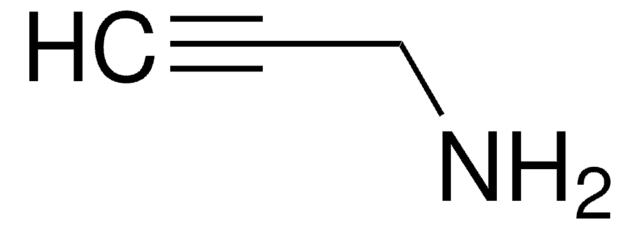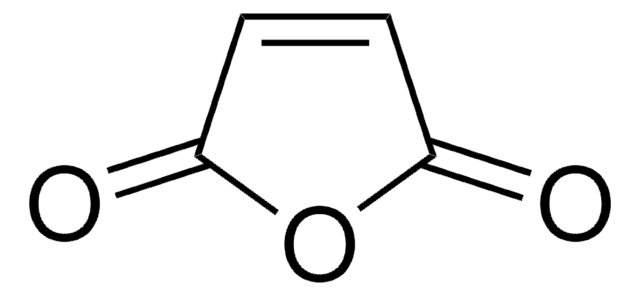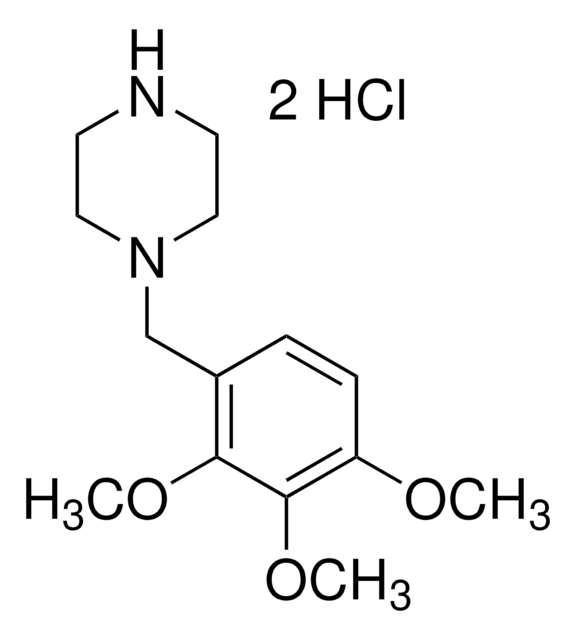Wichtige Dokumente
91445
10,12-Tricosadiinsäure
≥98.0% (GC)
Synonym(e):
Tricosa-10,12-diynoic acid
About This Item
Empfohlene Produkte
Assay
≥98.0% (GC)
Form
crystals
Lagerbedingungen
protect from light
mp (Schmelzpunkt)
56-60 °C
Funktionelle Gruppe
carboxylic acid
SMILES String
CCCCCCCCCCC#CC#CCCCCCCCCC(O)=O
InChI
1S/C23H38O2/c1-2-3-4-5-6-7-8-9-10-11-12-13-14-15-16-17-18-19-20-21-22-23(24)25/h2-10,15-22H2,1H3,(H,24,25)
InChIKey
DIEDVCMBPCRJFQ-UHFFFAOYSA-N
Suchen Sie nach ähnlichen Produkten? Aufrufen Leitfaden zum Produktvergleich
Allgemeine Beschreibung
Anwendung
- Acid-responsive color transition in polymer assemblies: 10,12-Tricosadiynoic acid is employed in the development of acid-responsive polydiacetylene-Na(+) assemblies, showcasing a unique red-to-blue color transition. This property is significant for applications in smart sensors and visual indicators in various industrial processes (Saymung et al., 2024).
- Colorimetric sensing capabilities: The synthesis of polydiacetylene vesicles incorporating 10,12-Tricosadiynoic acid demonstrates their utility as colorimetric sensors. This application is particularly valuable in the detection of microbial peptides, contributing to advancements in food safety and pharmaceutical analysis (Yadav and Tiwari, 2021).
Lagerklassenschlüssel
11 - Combustible Solids
WGK
WGK 3
Flammpunkt (°F)
Not applicable
Flammpunkt (°C)
Not applicable
Persönliche Schutzausrüstung
Eyeshields, Gloves, type N95 (US)
Hier finden Sie alle aktuellen Versionen:
Besitzen Sie dieses Produkt bereits?
In der Dokumentenbibliothek finden Sie die Dokumentation zu den Produkten, die Sie kürzlich erworben haben.
Kunden haben sich ebenfalls angesehen
Unser Team von Wissenschaftlern verfügt über Erfahrung in allen Forschungsbereichen einschließlich Life Science, Materialwissenschaften, chemischer Synthese, Chromatographie, Analytik und vielen mehr..
Setzen Sie sich mit dem technischen Dienst in Verbindung.











